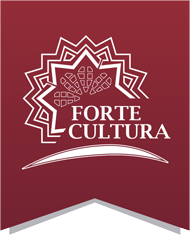Šibenik is one of the oldest Croatian indigenous cities, located in the natural harbour at the protected mouth of the river Krka. Besides being surrounded by two national parks and home to two UNESCO World Heritage sites, Šibenik is also known as the 'city of fortresses.' Once the defenders (guardians) of Šibenik, the fortresses have transformed from dormant beauties into vibrant locations in recent years. Thanks to revitalization projects, the fortresses have been equipped with a wide range of leisure and educational functions.
Monument and History
History The city of Šibenik was mentioned for the first time in 1066 in a charter issued by Croatian king Petar Krešimir IV. It had developed on the coastline below the rocky hilltop which was a fortified observatory point since pre-Roman times, well-positioned to control the maritime approach towards the Šibenik bay and further along the Krka river towards the hinterland.
Quelle: Quelle: Quelle: Quelle:
Architecture St. Michael’s Fortress Barone fortress St. John’s Fortress St. Nicholas Fortress
Quelle: Quelle: Quelle: Quelle:
Nature Experience Walk along the promenade in The St Anthony's Channel is about 4.4 kilometres long and designed in the natural harmony of the protected area. It takes about two hours to walk along the whole promenade, which proves to be a great experience accompanied by the opportunity to enjoy awe-inspiring panoramic views of Šibenik and the Šibenik archipelago from several locations. It also takes you to an island in close proximity to St. Nicholas Fortress.
Quelle: Quelle: Quelle: Quelle:


